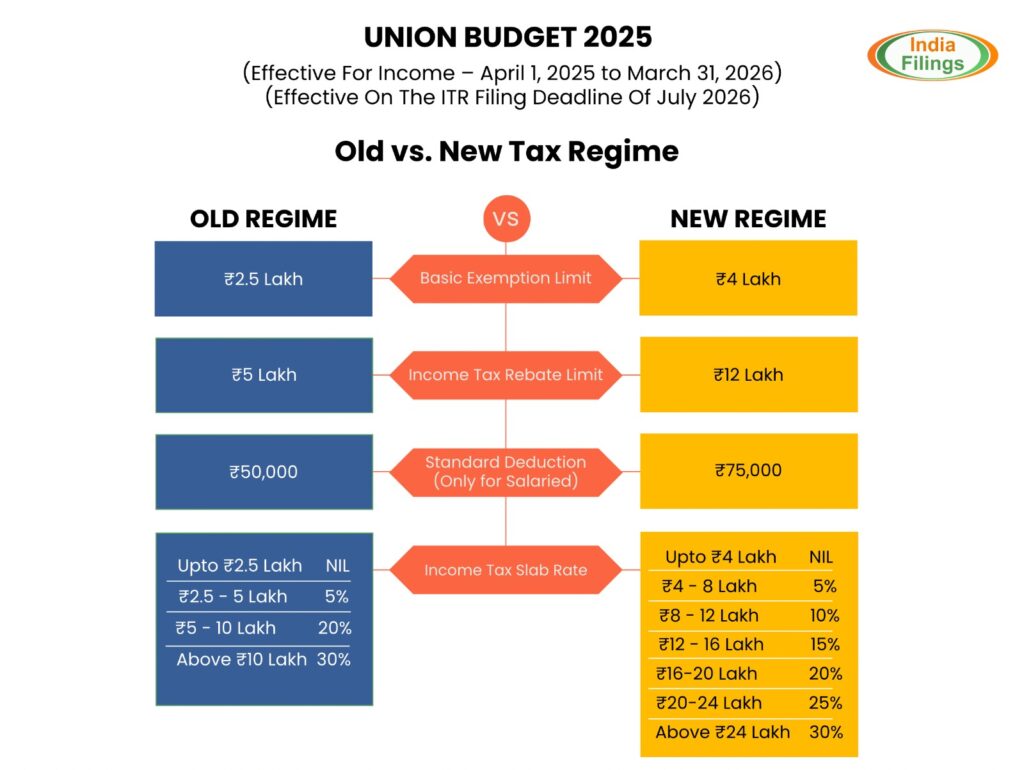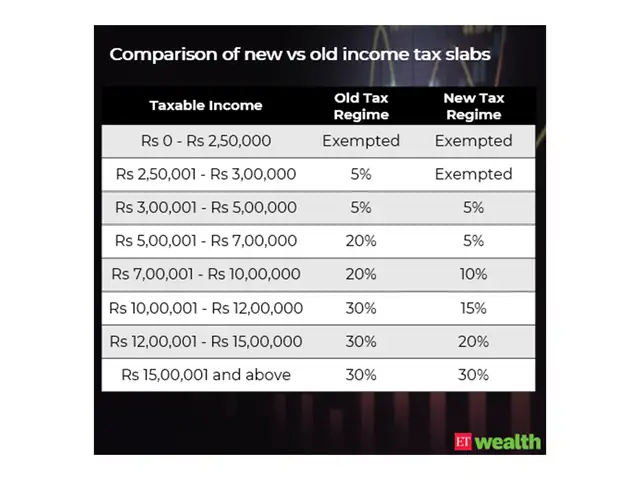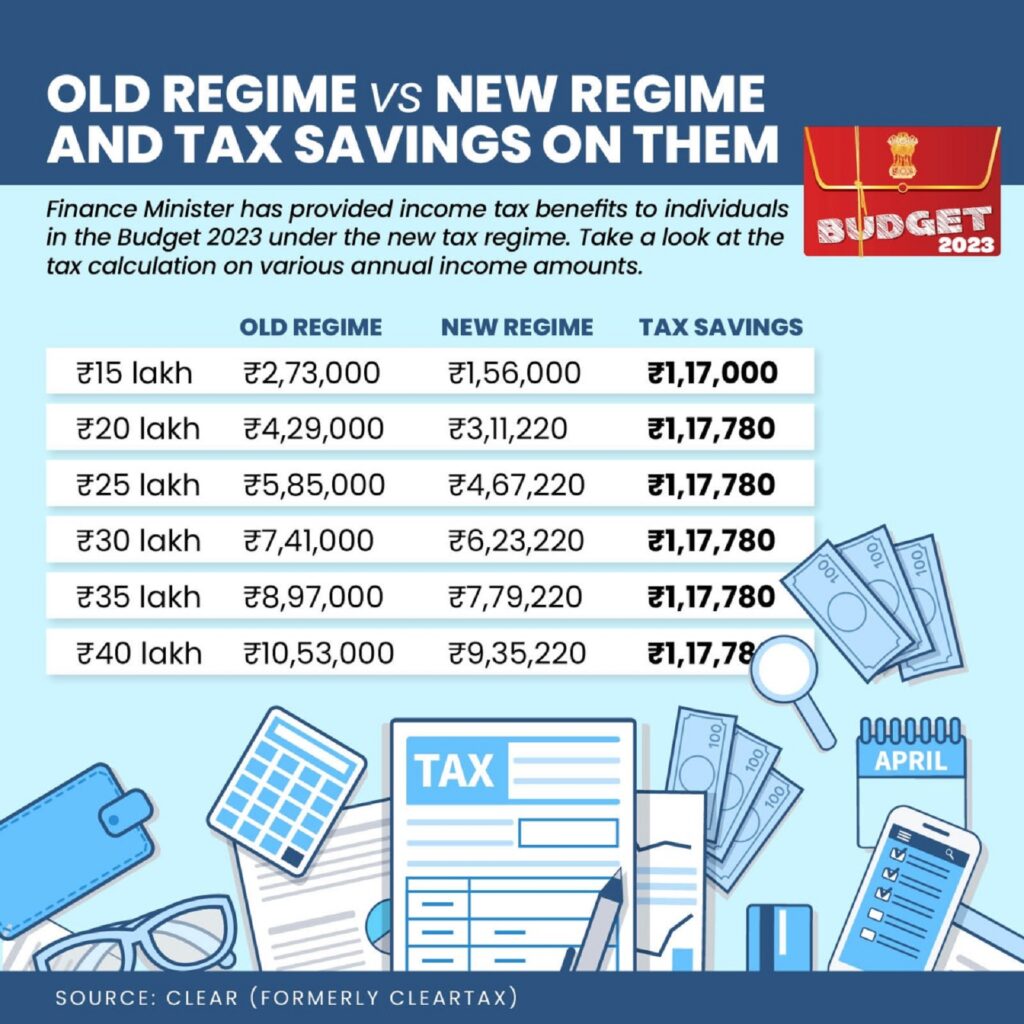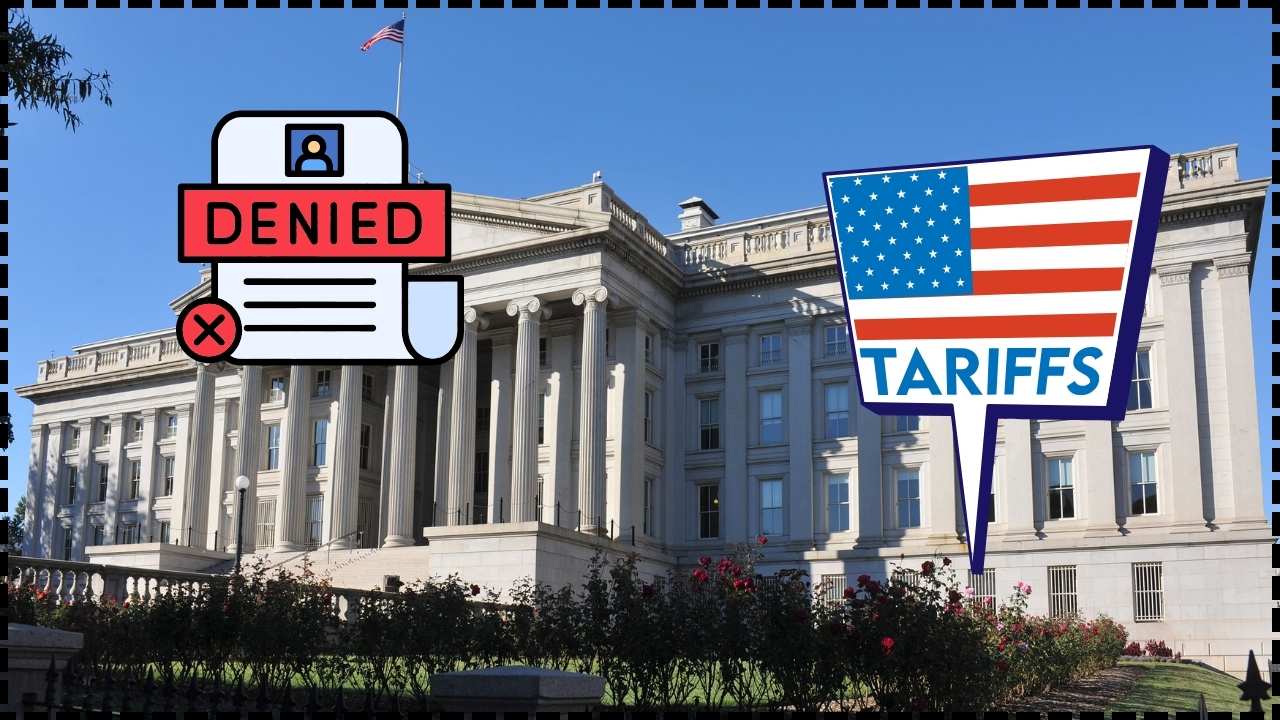
Earning Rent but Also Paying Rent: If you’re earning rent but also paying rent, you might feel like you’re caught in a financial balancing act. On one hand, you enjoy income from a property you own and rent out. On the other, you pay rent every month to live in another home. The big question is: how do taxes treat this situation, and are you getting the best deal under the old or the new tax regime?
This scenario is more common than you’d think, especially in big cities where professionals work away from their hometowns. Imagine you own an apartment in your hometown that generates monthly rental income. At the same time, your job requires you to live in a metro, where you rent an apartment yourself. It sounds straightforward, but when tax season comes around, things can get complicated. This article will break down the subject step by step, so that even a 10-year-old can understand, while also giving professionals the data and analysis they need to make smart decisions.
Earning Rent but Also Paying Rent
If you are earning rent but also paying rent, your tax treatment depends greatly on whether you choose the old or new regime. The old regime is generally more favorable, thanks to HRA, 80GG, and other deductions. The new regime, however, offers simplicity and lower tax rates. The right choice depends on your income, rent payments, and deductions. The smart move is to run the numbers every year before filing, as rules evolve and personal circumstances change. Staying informed ensures you never pay more tax than you should.
| Topic | Details |
|---|---|
| Old Tax Regime (India) | Allows House Rent Allowance (HRA) exemption, rent deduction under Section 80GG, and 30% standard deduction on rental income. |
| New Tax Regime (India) | No HRA or 80GG, but lower tax slabs, higher salary standard deduction (₹75,000), and simplified compliance. |
| Rental Income Treatment | In both regimes, taxable under “Income from House Property.” You can deduct municipal taxes, claim 30% standard deduction, and deduct home loan interest for let-out property. |
| Example Case | Paying ₹20,000 in rent while earning ₹25,000 rental income usually makes the old regime more tax-friendly. |
| Official Resource | Income Tax Department of India – Official Website |
Paying Rent While Earning Rent: How Does It Work?
At first glance, paying rent while also earning rent might seem unusual. But it makes perfect sense when you consider how modern life works. Professionals often migrate to bigger cities for work, where property prices are too high to purchase a home. Meanwhile, they may still own property in another city, which they choose to rent out for passive income.
In this situation, you become both a tenant and a landlord. From the tax department’s perspective, these are treated as two separate transactions:
- Rent you pay may qualify for exemptions like HRA or deductions under Section 80GG.
- Rent you earn must be reported as income, but you can reduce it with eligible deductions.

The Old Tax Regime: Packed with Deductions
The old tax regime is like a detailed coupon book—it comes with plenty of exemptions and deductions that can significantly lower your taxable income if used correctly.
House Rent Allowance (HRA) Exemption
If you’re a salaried employee receiving HRA from your employer, you can claim an exemption under Section 10(13A). The amount exempted is the least of the following:
- Actual HRA received.
- 50% of your basic salary if you live in a metro city (40% for non-metros).
- Rent paid minus 10% of your basic salary.
For example, if you earn ₹60,000 per month as basic salary in Mumbai, pay ₹20,000 rent, and receive ₹15,000 HRA, you could exempt about ₹10,000 per month from tax.
Deduction for Rent without HRA (Section 80GG)
Not everyone receives HRA. If you are self-employed or salaried without HRA, Section 80GG comes to the rescue. It allows you to claim up to ₹5,000 per month or 25% of your total income, whichever is less. However, conditions apply, such as not owning a house in the city where you live.
Deductions on Rental Income
If you own a property and earn rent, you need to declare it as income under “Income from House Property.” But the good news is, the law lets you reduce the taxable amount through:
- Deducting municipal or property taxes paid.
- Claiming a flat 30% standard deduction on the net annual value for repairs and maintenance.
- Deducting home loan interest if the property has an ongoing loan. For let-out properties, there is no cap on the amount you can deduct for interest.
This setup allows you to save significantly if you are earning rent while paying rent.

The New Tax Regime: Simplicity Over Deductions
The new tax regime, introduced in 2020 and made the default from FY 2023-24, prioritizes simplicity. It eliminates most deductions and exemptions but offers lower tax rates and a higher exemption threshold.
What You Lose in the New Regime
- No HRA exemption.
- No Section 80GG deduction.
- No deductions under 80C, 80D, or for home loan interest on self-occupied property.
What You Still Keep
- A higher standard deduction of ₹75,000 for salaried taxpayers.
- Deductions for municipal taxes, 30% standard deduction, and home loan interest on let-out properties.
The new regime works well for individuals who don’t have high rent, home loans, or investments in tax-saving instruments. But if you are paying rent and also earning rental income, the loss of HRA can make the old regime more beneficial.
Side-by-Side Comparison
| Feature | Old Regime | New Regime |
|---|---|---|
| HRA Exemption | Available | Not available |
| Section 80GG Deduction | Available | Not available |
| Rental Income Deductions | Yes | Yes |
| Standard Deduction (Salary) | ₹50,000 | ₹75,000 |
| Filing Process | More paperwork and proofs | Simpler |

Earning Rent but Also Paying Rent: Practical Example
Let’s consider the case of Ramesh, a salaried professional:
- Annual Salary: ₹12 lakh (including ₹1.5 lakh HRA).
- Rent Paid: ₹2.4 lakh per year.
- Rental Income from another property: ₹3 lakh per year.
Under the old regime:
- HRA exemption: About ₹1 lakh.
- Rental income deduction: About ₹90,000 (30% standard deduction).
- Net taxable income is reduced, saving him around ₹35,000 compared to the new regime.
Under the new regime:
- No HRA exemption.
- Same rental income deduction, but overall taxable salary is higher.
For someone in Ramesh’s shoes, the old regime clearly saves more money.
Tax Slabs Comparison
Old Regime Slabs (FY 2024-25)
- Up to ₹2.5 lakh: Nil
- ₹2.5–₹5 lakh: 5%
- ₹5–₹10 lakh: 20%
- Above ₹10 lakh: 30%
New Regime Slabs (FY 2024-25)
- Up to ₹3 lakh: Nil
- ₹3–₹6 lakh: 5%
- ₹6–₹9 lakh: 10%
- ₹9–₹12 lakh: 15%
- ₹12–₹15 lakh: 20%
- Above ₹15 lakh: 30%
The new regime has more slabs with lower rates, but the absence of exemptions like HRA can offset these benefits if you pay significant rent.
Filing Guide: How to Claim Rent Benefits
- Collect rent receipts signed by your landlord.
- If annual rent exceeds ₹1 lakh, obtain the landlord’s PAN.
- Submit Form 12BB to your employer for HRA claims.
- While filing ITR, declare rental income under “Income from House Property.”
- Keep proof of rent payments, preferably via bank transfers or UPI, since cash payments may be scrutinized.
Common Mistakes to Avoid
- Claiming HRA without proper rent receipts.
- Forgetting to enter the landlord’s PAN when required.
- Reporting cash rent payments without a proper money trail.
- Overlooking municipal taxes when calculating rental income.
- Double claiming deductions in both regimes (not allowed).
Pro Tips
- Salaried employees in metro cities usually benefit more under the old regime if they pay substantial rent.
- Self-employed individuals should check Section 80GG eligibility carefully.
- NRIs renting out property in India must declare rental income in India, but can claim relief under double taxation treaties.
- Young professionals with minimal deductions may find the new regime simpler and easier to manage.
U.S. Comparison
In the United States, the rules differ significantly. Rental income is taxable and must be reported on Schedule E. You can deduct mortgage interest, repairs, depreciation, and property management costs. However, rent paid for personal accommodation is not deductible at the federal level, except when linked to a business. Some states, such as Massachusetts, allow partial deductions for rent paid.
The key takeaway is that the U.S. focuses heavily on deductions for rental income but offers little relief for tenants. India’s old regime, in contrast, provides relief on both sides if you qualify.
“We Can’t Afford This”: Thozhi Hostel Residents Crushed by Sudden GST-Powered Rent Hike
Shocking Demand – Should Tax Crimes Lead to Citizenship Denaturalization?
36 Shops Sealed in Indore – Property Tax Non-Payment Crackdown Intensifies
Future Outlook
With the 2025 Budget, the government has proposed raising the exemption threshold under the new regime to ₹12 lakh, signaling an intent to gradually phase out the old regime. Digital compliance measures, such as mandatory PAN disclosure and rent payment tracking, will make it harder to misuse exemptions. For taxpayers who rely heavily on HRA and 80GG, it may become more challenging to avoid the new regime in the future.










